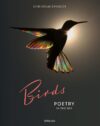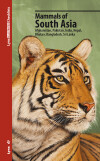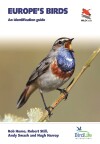New Book: American Birding Association Field Guide to Birds of California
August 13, 2015 | Comments (1)
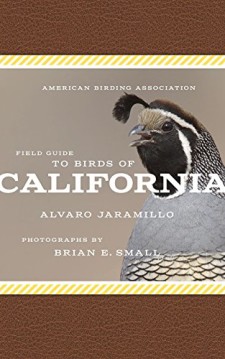 American Birding Association Field Guide to Birds of California
American Birding Association Field Guide to Birds of California
by Alvaro Jaramillo and Brian E. Small
From Scott & Nix, Inc.:
California has it all for birders—lush coastal coniferous forests, dry chaparral, oak woodlands, grasslands, alpine slides, riparian valleys, watered suburbs, and desert scrubs. Hundreds of types of birds nest in the Golden State or stop by seasonally on migration routes. California has one of the largest state and federal parks programs, as well as extensive protected wildlife areas, which preserve and protect bird habitats. From geese and ducks, herons and storks, eagles, hawks, and owls to hummingbirds, warblers, and sparrows, California is one of the finest birding destinations on earth. The American Birding Association Field Guide to Birds of California includes more than 300 species birders are most likely to see in the state. Illustrated with nearly 450 crisp, color photographs, it includes clearly written descriptions along with tips of when and where to see birds penned by an expert Californian birder. It’s the perfect companion for anyone interested in the amazing diversity and beauty of California’s birds.
If you’ve read my review of the American Birding Association Field Guide series, you know that I like these field guides. This new volume on California is no exception. Intended for beginning and intermediate birders, I would recommend this to any such residents of California, or, perhaps especially, to any Californian who would like to be more knowledgeable about the birds around them.
American Birding Association Field Guide to Birds of California
by Alvaro Jaramillo and Brian E. Small
Flexicover; 352 pages
Scott & Nix, Inc.; September 1, 2015
ISBN: 978-1935622505
$24.95


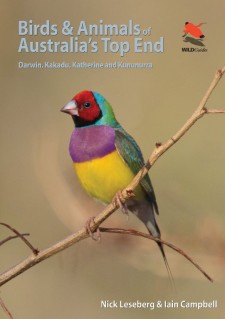 Birds and Animals of Australia’s Top End: Darwin, Kakadu, Katherine, and Kununurra
Birds and Animals of Australia’s Top End: Darwin, Kakadu, Katherine, and Kununurra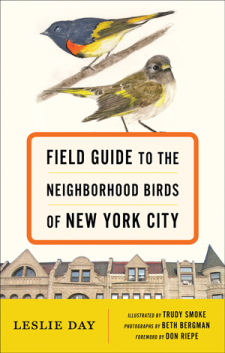 Field Guide to the Neighborhood Birds of New York City
Field Guide to the Neighborhood Birds of New York City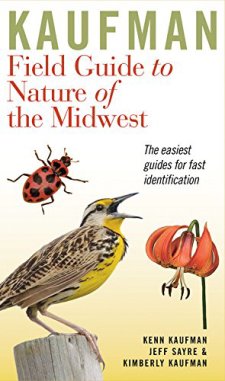 Kaufman Field Guide to Nature of the Midwest
Kaufman Field Guide to Nature of the Midwest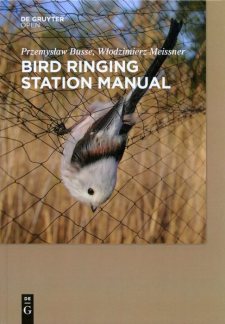 Bird Ringing Station Manual
Bird Ringing Station Manual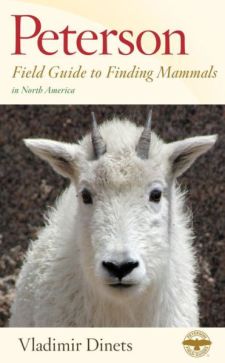 Peterson Field Guide to Finding Mammals in North America
Peterson Field Guide to Finding Mammals in North America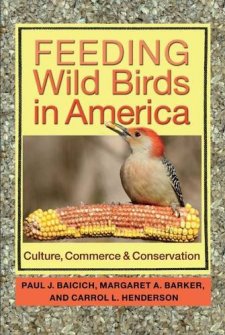 Feeding Wild Birds in America: Culture, Commerce, and Conservation
Feeding Wild Birds in America: Culture, Commerce, and Conservation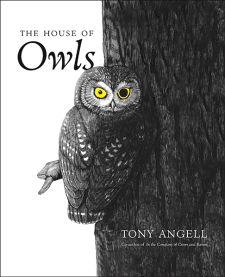 The House of Owls
The House of Owls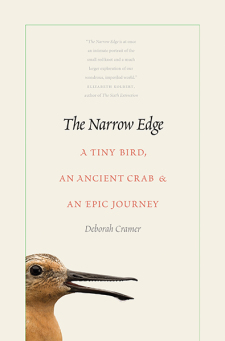 The Narrow Edge: A Tiny Bird, an Ancient Crab, and an Epic Journey
The Narrow Edge: A Tiny Bird, an Ancient Crab, and an Epic Journey



